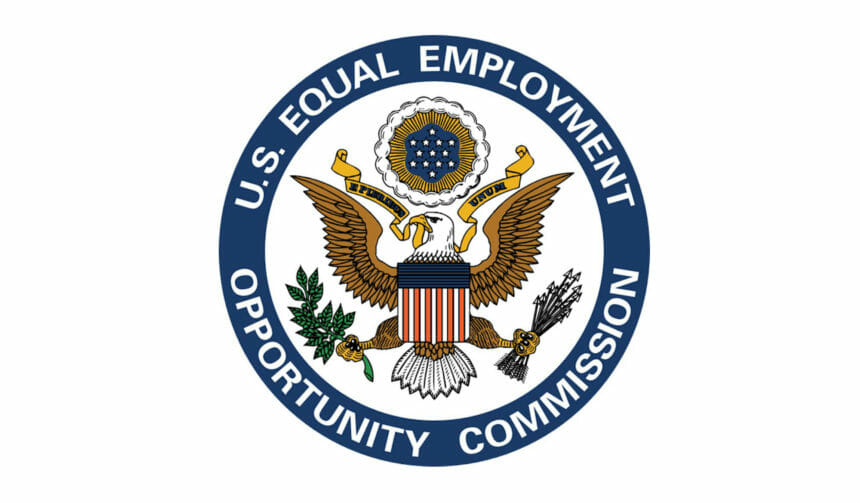
Following federal guidance on the use of incentives to drive up vaccination rates, employers are struggling to determine what rises to the level of a “coercive incentive.”
May 28, the U.S. Equal Employment Opportunity Commission released updated guidance indicating that employers can require all workers physically entering a workplace to receive the COVID-19 vaccination, as long as accommodations are made for individuals unable to receive the vaccine.
The guidance also stated that companies may offer incentives to employees for submitting proof of vaccination by a third-party provider. Employees also can be incentivized to show proof that family members have been vaccinated by a third-party provider. The EEOC stated that a mandatory vaccine policy must be job-related, consistent with business necessity or justified by a direct threat — the COVID-19 virus in the workplace already has been deemed a direct threat by the commission.
Firms also may offer incentives for employees to be vaccinated directly by their employer, as long as the incentive is not “coercive.”
One challenge, according to attorneys writing a Law 360 article, is that the EEOC does not define or give examples of what constitutes a coercive incentive. As a result, employers now are struggling to determine what triggers noncompliance.
Although the EEOC offers few details, it does state that “a very large incentive could make employees feel pressured to disclose protected medical information.”
Incentives in senior living and care sectors have included paid time off, monetary rewards, prize giveaways and visits from the CEO.
A Lexology article from Lane Powell PC suggests that employers “incentive carefully” by considering tailored, business-specific minimal incentive programs that remove barriers to vaccination, while avoiding penalizing employees who opt out for medical or religious reasons.




